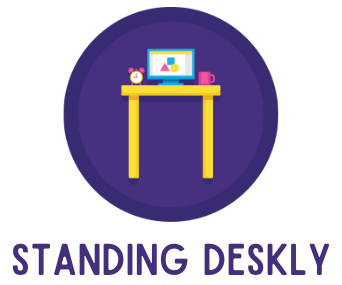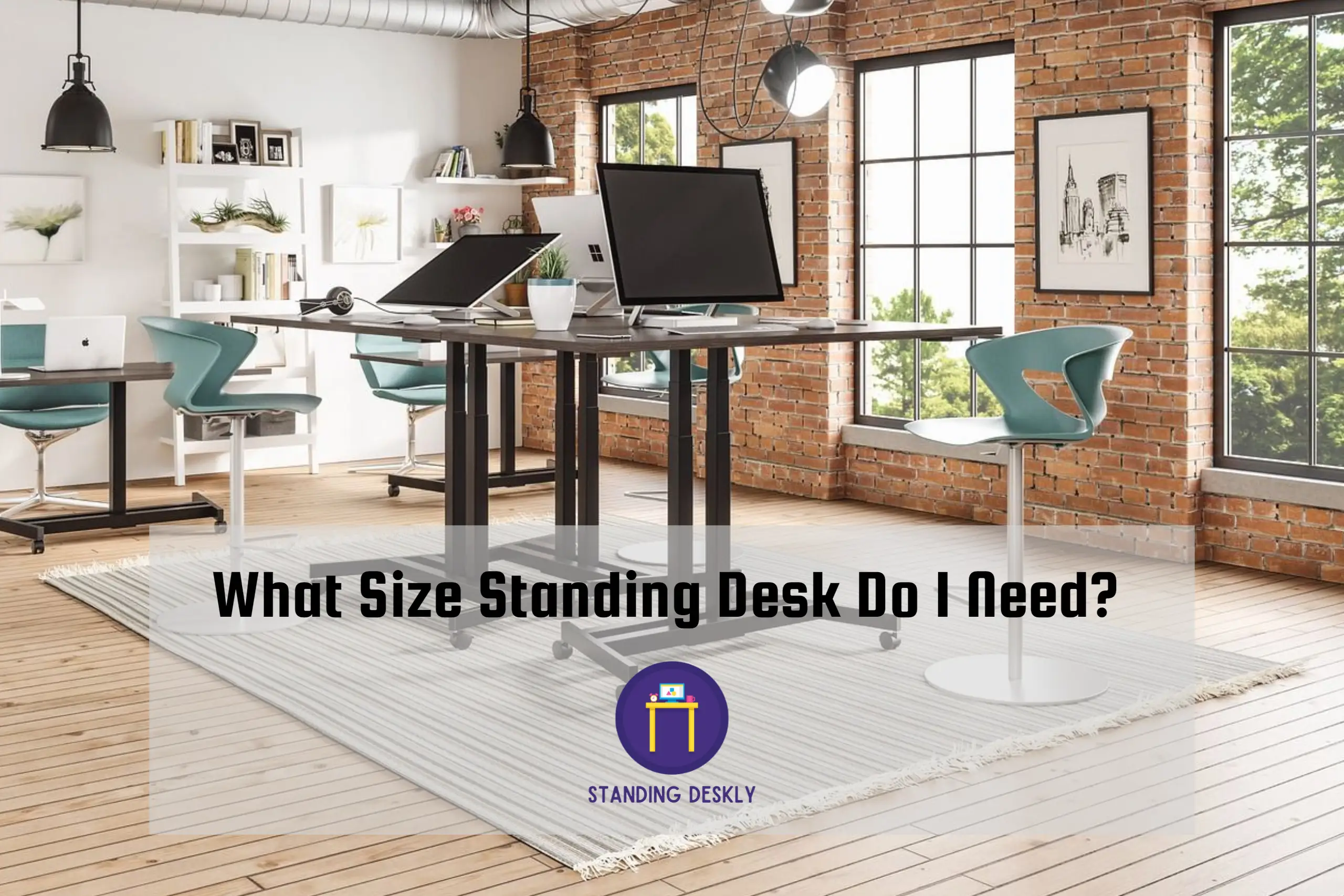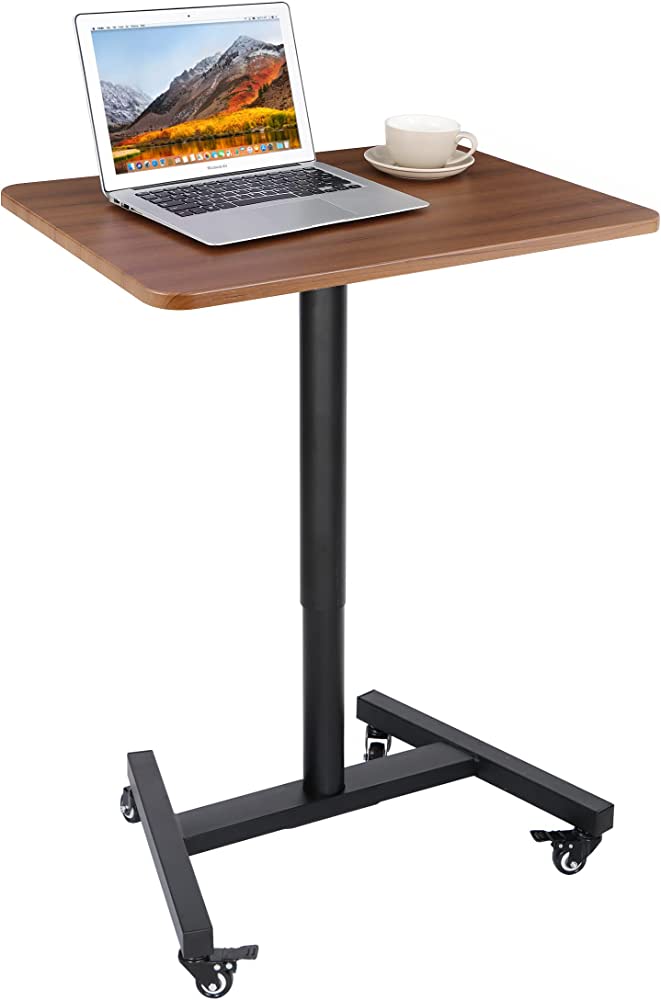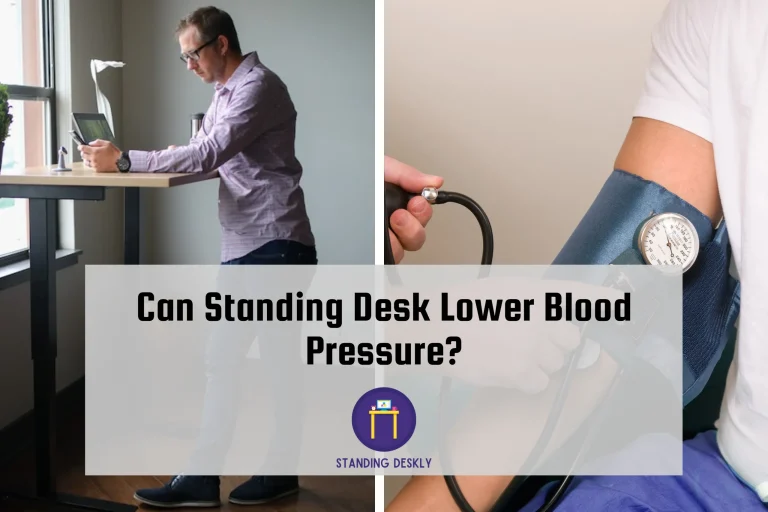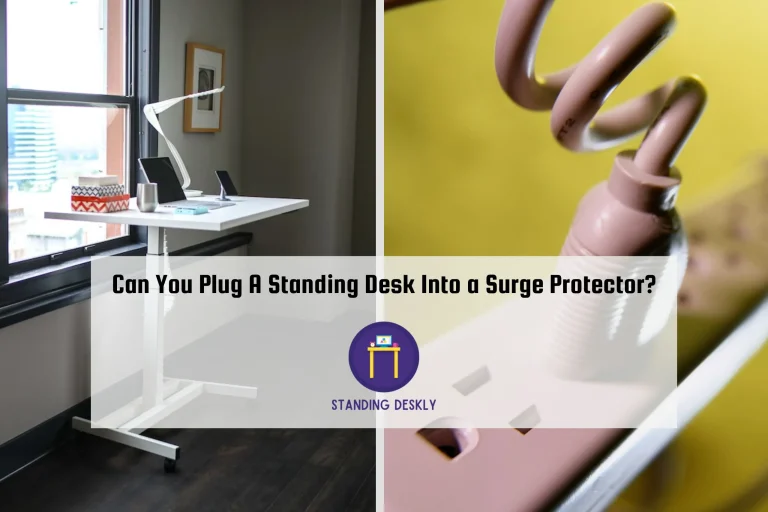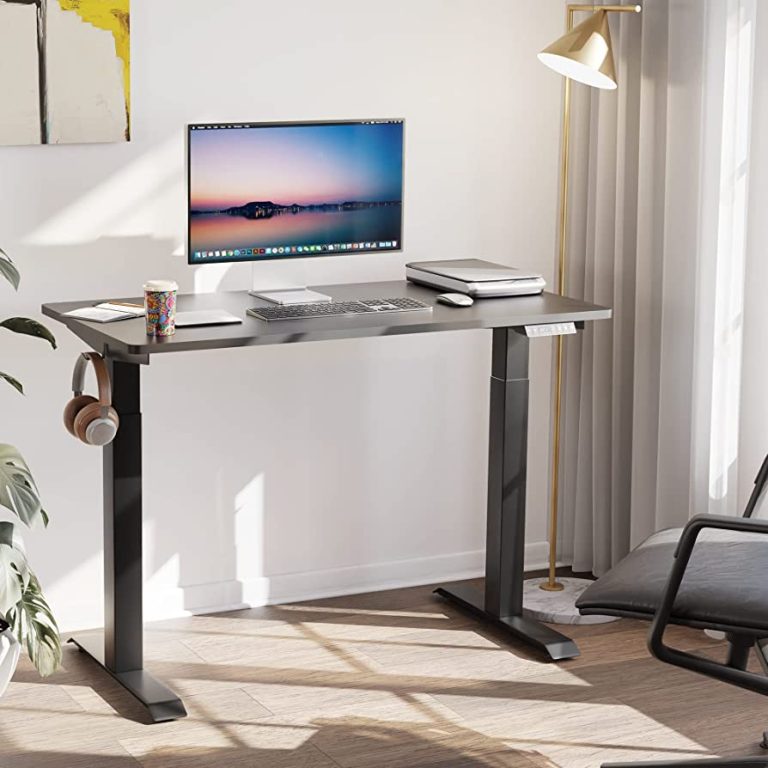What Size Standing Desk Do I Need?
When comes to standing desks, choosing the right size is crucial. The ideal size is one inch plus your height in inches. The standard width is 48 to 60 inches, and the depth is 25 to 30 inches. Ensure that the tabletop is at your elbow height and that your eyes are slightly above the top edge of your screen.
You can calculate the ideal desk height using a formula. If your desk height is too low, it can cause strain on your back and arms. If it is too high, it can strain your neck and shoulders. You must also consider the weight capacity of the desk, based on the weight of the objects you will be placing on it. By following these tips, you can find the perfect size standing desk for your needs.
Importance of choosing the right size standing desk
When comes to choosing a standing desk, size matters. Selecting the right size will ensure that you can comfortably work for extended periods without experiencing fatigue, discomfort, or pain. An adjustable standing desk is a great tool to help you change postures frequently throughout the day. When choosing a standing desk, consider your height and work requirements.
The desk should be one inch taller than your height and provide enough surface space for all your work needs. Your arms should rest comfortably on the surface of the desk and your eye level should be slightly above the top of the screen. An incorrectly sized desk can cause slouching, back and wrist pain, shoulder and neck strains, and other physical discomforts. So, take the time to find the right size standing desk for you – it’s worth it!
Ideal standing desk size for users
When it comes to choosing the ideal standing desk size, there are a few things to keep in mind. The tabletop should be at your elbow height, ensuring that your arms can rest comfortably while keeping your shoulders upright and back straight.
The standard standing desk width is usually 48 to 60 inches, which is suitable for most users. The standard depth of the desk is 25 to 30 inches. It’s important to consider your own height when choosing a desk as it should be one inch plus your height in inches.
If your desk is too short or too tall, it can cause strain in your back and neck muscles and lead to slouching over time. Find the right desk and screen height for maximum comfort by using a formula and adjusting as needed.
Standard dimensions of standing desks
When choosing the right standing desk, it’s important to consider the standard dimensions. The ideal standing desk size for users is one inch above their height in inches.
The standard width for standing desks is 48 to 60 inches and the depth is 25 to 30 inches. It’s important to choose a desktop size that fits your daily tools and equipment. If you’re working with multiple devices, a larger surface space is best. However, if you’re using a single laptop, a smaller space may encourage productivity.
When it comes to materials, solid wood desktops offer exceptional quality and a timeless aesthetic. For those who prefer a less expensive option, laminated desktops are a great alternative. When selecting style and functionality, look for added flourishes, like grommets for cords and connectivity options. Remember, finding the right size and surface for your standing desk is crucial for comfort and productivity.
Calculating the ideal standing desk height for your height
To calculate the ideal standing desk height for your height, use a standing desk height calculator. Make sure to select your height from the drop-down list, including your shoe height for an accurate standing height. The calculator will provide a general recommendation for the height of your setup.
Adjust your standing desk to the suggested height of your desk top and print the details for future use. It’s important to note that the information provided may not be accurate for everyone. We highly recommend using a tape measure to verify the height displayed is a comfortable working position for you.
Here are some tips for setting up an ergonomic workstation:
- Keep your arms comfortably at your sides, adjust the keyboard tray, so your wrists are straight while typing,
- Raise your monitor to eye level.
- Try to avoid glare or single sources of light on your screen.
Risks of using the wrong size standing desk
1. Neck Strain: Using a standing desk that’s too tall can cause neck strain as you constantly have to look up to see your computer screen.
2. Back Pain: Standing desks that are too low can cause lower back pain as you’re forced to hunch over to use your computer.
3. Fatigue: Using a desk that’s too small can cause fatigue as you don’t have enough space to move around comfortably.
4. Reduced Productivity: The wrong size standing desk can hinder productivity as you’ll likely be uncomfortable and therefore less productive.
5. Long Term Health Problems: Using the wrong size standing desk for a prolonged period of time can lead to long-term health problems such as chronic neck and back pain, carpal tunnel syndrome, and poor posture. It’s important to invest in the right size desk to avoid these risks.
Signs that your standing desk is too low or too high
1 Your back is hunched while typing – If your back is uncomfortable and you have to hunch over to type, it means your desk is too low. This can cause strain and tension on your back muscles.
2. Your arms are stretched out low while reaching the keyboard – If you feel like you have to stretch your arms too much to reach your keyboard, your desk is too low. This can lead to muscle fatigue and tension in your arm muscles.
3. The monitor is below your eye level – If your monitor is below eye level, it means your desk is too low. This can cause discomfort and strain on your neck and shoulder muscles.
4. Your shoulders are raised while placing your elbows parallel to the desk – If your shoulders are constantly raised while working on your desk, it means your desk is too high. This can lead to strain and tension on your shoulder and neck muscles.
5. Your elbows are below the level of the desk surface – If your elbows are below the surface of the desk, it means your desk is too high. This can cause discomfort and tension on your arm muscles.
6. You have to stretch your arms more than 90 degrees to reach your keyboard and mouse – If you find yourself stretching your arms too much to reach your keyboard and mouse, it means your desk is too high. This can lead to muscle fatigue and tension in your arm muscles.
Tips for finding the perfect standing desk height
7 for Finding the Perfect Standing Desk Height:
1. Measure Your Elbow Height: The ideal standing desk height should be at elbow level. Measure the distance from the floor to the bottom of your elbow when your arms are at a 90-degree angle from the floor. This is the level at which the desk should be made.
2. Adjust Monitor Height: Adjust the monitor’s height so that the top of the screen is at or slightly below eye level. This will help eliminate eye strain and neck pain.
3. Use a Footrest: If your feet don’t reach the ground comfortably, use a footrest to help improve posture and prevent back pain.
4. Alternate Between Sitting and Standing: Avoid standing or sitting in the same position for too long. Alternate between sitting and standing to help reduce discomfort and improve circulation.
5. Use an Anti-Fatigue Mat: When standing for long periods of time, an anti-fatigue mat can help reduce discomfort and pain in your feet, legs, and back.
6. Experiment with Desk Height: Don’t be afraid to experiment with different desk heights to find the perfect fit for you. Adjust the height until you feel comfortable and can maintain good posture.
7. Take Breaks: No matter what your desk height, taking breaks to stretch and move around is important to maintain good health and prevent discomfort. Stand up and move around for at least a few minutes each hour.
Importance of adjusting your standing desk
It crucial to adjust your standing desk to the ideal height in order to maintain proper posture and avoid discomfort while working. The optimal standing desk height should be at elbow level, which is the height from the floor to the bottom of your elbow while your elbows are at a 90-degree angle.
You can measure this to find the best height for you, or use a standing desk height chart as a guideline. Make sure to also adjust your monitor so that your eyes are level with the top third of the screen. This will help to reduce strain on your neck and shoulders.
Additionally, it’s important to alternate between sitting and standing throughout the day. Experts recommend a 1:1 or 2:1 ratio of sitting to standing, with standing for at least 2 hours per day to see health benefits. Incorporating movement and taking care of your neck and back is also crucial when using a standing desk.
Conclusion: Finding Your Perfect Fit
Congratulations, you have learned all about the ideal size of standing desks! Now that you know how to determine the height, width, and depth that best suits your body, you are ready to start shopping for your perfect fit. Remember that a properly adjusted standing desk can promote good posture, reduce discomfort, and increase productivity.
When buying a standing desk, make sure you get one that lets you stand with both feet flat on the floor, elbows at a 90-degree angle, and wrists in a neutral position.
Also, bear in mind that the appropriate height is determined by your height, the type of shoes you wear, and the height of your work surface. By following these guidelines, you can be sure that your standing desk will help you maintain a healthy and comfortable workplace!

I’m the author and developer of Standingdeskly, the go-to site for standing desk enthusiasts. I provide comprehensive reviews of standing desks along with office setup tips. Combining years of research and personal experience, our goal is to make it easy for you to find the perfect standing desk tailored to your needs.
